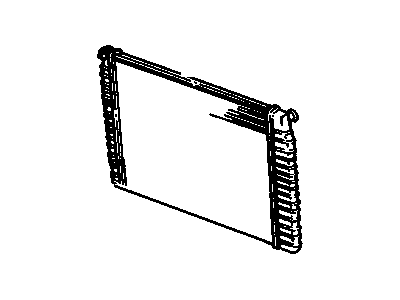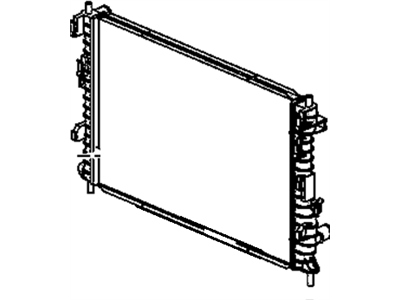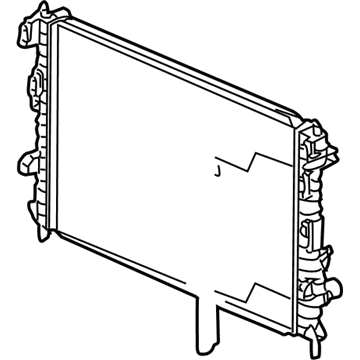
My Garage
My Account
Cart
Genuine Saturn Vue Radiator
Cooling Radiator- Select Vehicle by Model
- Select Vehicle by VIN
Select Vehicle by Model
orMake
Model
Year
Select Vehicle by VIN
For the most accurate results, select vehicle by your VIN (Vehicle Identification Number).
6 Radiators found
Saturn Vue Radiator Assembly
Part Number: 20777042$298.71 MSRP: $469.67You Save: $170.96 (37%)Ships in 1-2 Business Days
Saturn Vue Radiator
The Radiator in Saturn Vue motor vehicles works to cool the engine coolant and expel heat by using a heat exchange system. Saturn Vue radiators mostly have fins tubes, inlet, and outlet tanks as the central structure of the product being made of aluminum with plastic or aluminum tanks, and sometimes copper/brass radiators. Sitting on the frontal part of the car where there is adequate air flow, the Radiator effectively transfers heat from the engine for the optimal system performance. Performance Radiators can be an improvement over factory units because they employ lighter aluminum as the material and complex designs to improve the cooling capacity. These radiators have extra large tubes and higher fin density which in turn enhances the rate of flow of coolant and finned area for enhanced heat rejection realised in a cooler engine. There are versions with direct fit for making it easier to install and universal versions for specific installations. Whether for street rods, custom cars, or race cars, the Saturn Vue Radiators serve a very important duty of regulating the heat of the cars' engines.
Each OEM Saturn Vue Radiator we offer is competitively priced and comes with the assurance of the manufacturer's warranty for the part. Furthermore, we guarantee the speedy delivery of your orders right to your doorstep. Our hassle-free return policy is also in place for your peace of mind.
Saturn Vue Radiator Parts Questions & Experts Answers
- Q: How to remove and install a radiator on Saturn Vue?A:When removing the radiator start by disconnecting the battery's negative terminal. If available, you should also remove the automatic transaxle cooler lines. After that take out the radiator together with its fan ensuring to release the air conditioning condenser from the radiator clips. As you lift up the radiator be careful not to damage either air conditioning condenser or fins on it. Check for any leaks or damages in your radiator. Wash out some of these bugs and dirt by spraying water from a garden hose nozzle at the back of your radiator. Ahead of fixing it, flush out your radiator using a garden hose pipe as well. Also inspect rubber mounts which are found at bottom side of a radiator for any wear and tear and replace them as necessary. To attach the radiator into position guide that is attached to it/fan assembly being sure that bottom side is properly seated into related support made up of rubber mounts. Tighten securely all bolts through which condenser connects with a radiator besides those holding air conditioner brackets close to this cooling device itself. Fill up coolant system with right mixture of antifreeze and water after installing it; then restart engine and check for possible leakage points around gasket components where motor sections meet one another while running normally (in case there are any problems). Once again after normal operating temperature has been reached recheck level within coolant reservoir plus add some more if need be; Finally remember about checking transmission fluid levels regularly as required.













